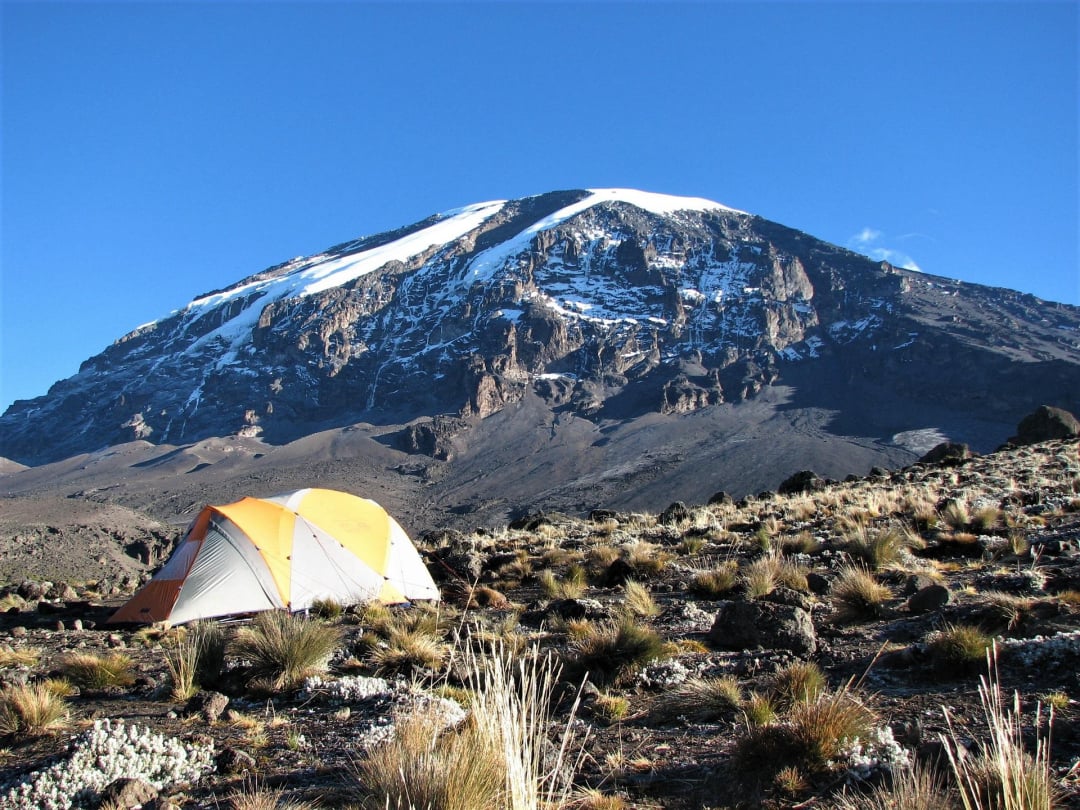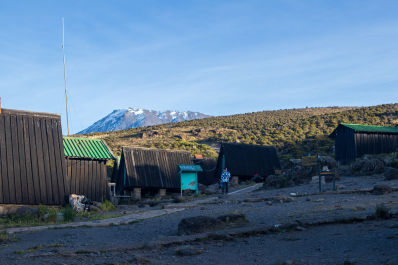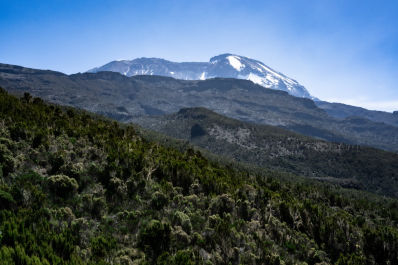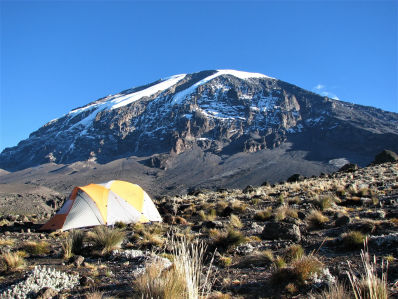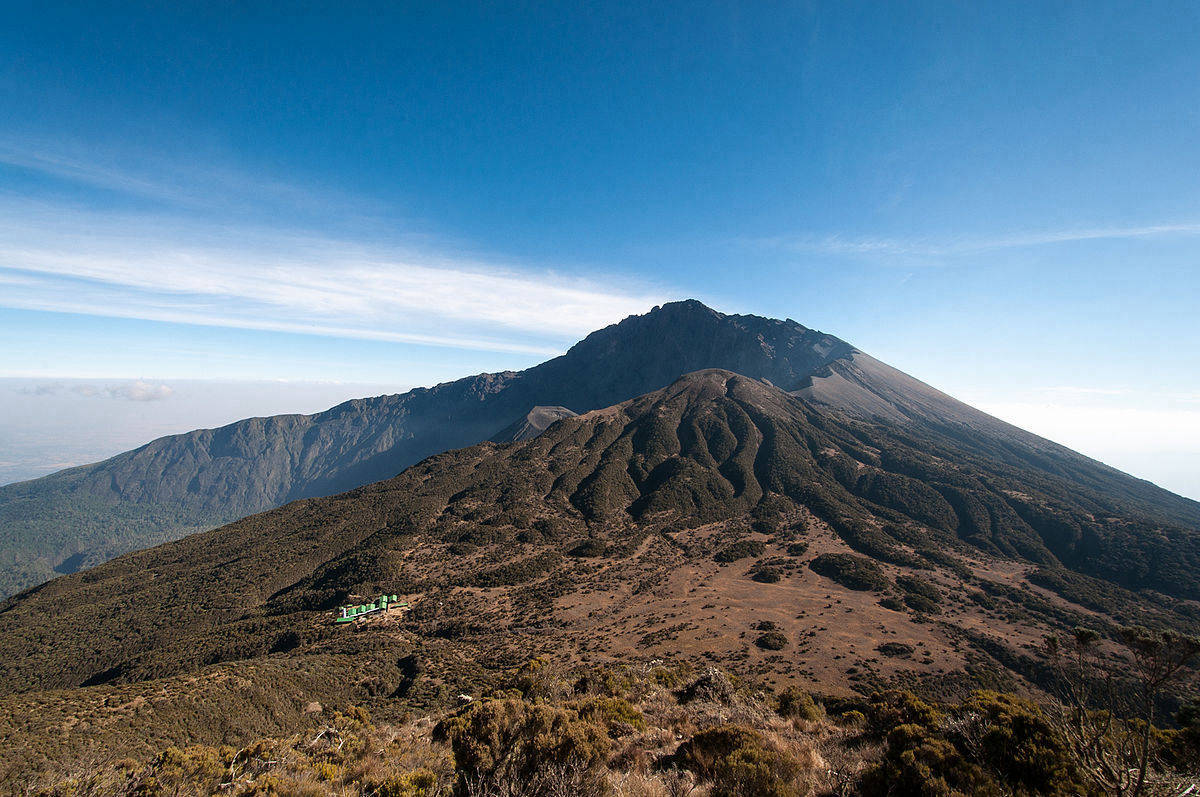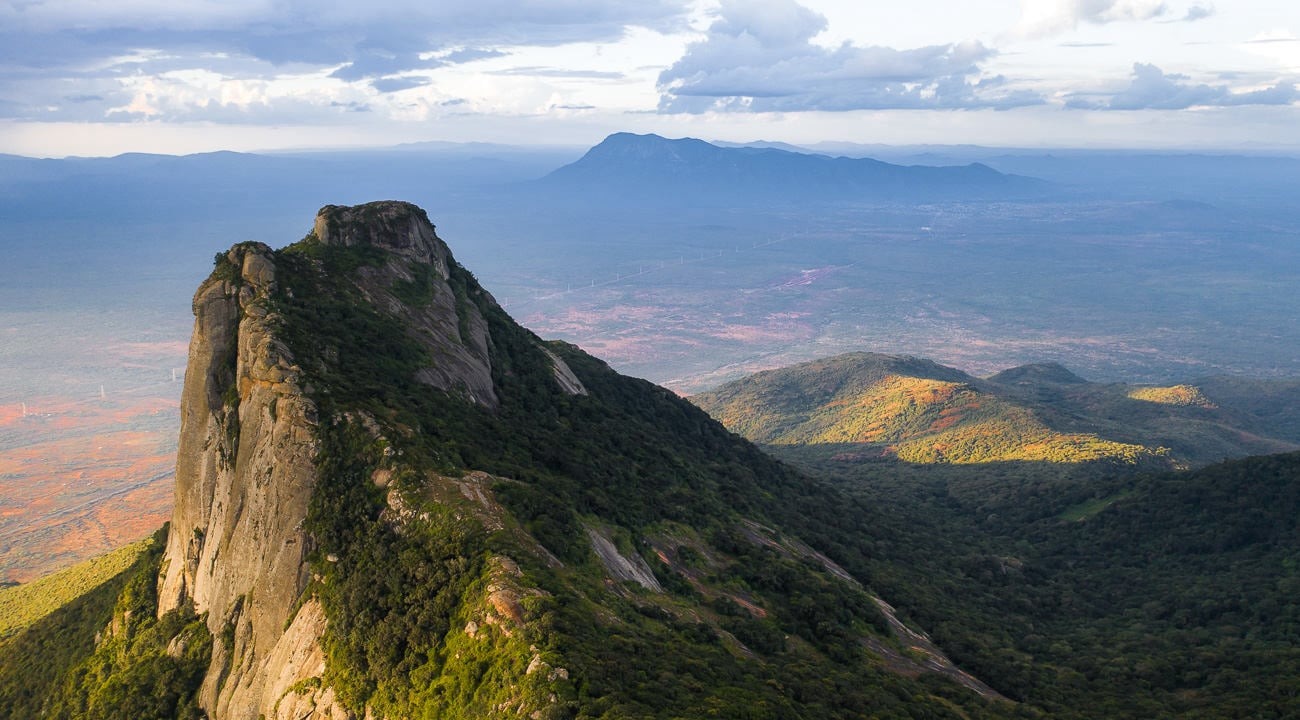Mount Kilimanjaro
Africa’s highest peak and one of the world’s most iconic trekking destinations—Kilimanjaro offers breathtaking landscapes, dramatic climate zones, and a rewarding summit experience that attracts adventurers from around the globe.
🌿 Ecological Zones
- Rainforest Zone: 1,800–2,800m – dense forest, monkeys, rich birdlife
- Moorland & Heath: 2,800–4,000m – giant lobelia & senecio plants
- Alpine Desert: 4,000–5,000m – cold, windy, volcanic landscape
- Arctic Summit: 5,000m+ – glaciers, ice fields, extreme conditions
📌 General Information
- Height: 5,895 m (19,341 ft)
- Location: Kilimanjaro National Park, Tanzania
- Climbing Season: Jan–Mar & Jun–Oct
- Difficulty: Moderate–Challenging
- Permit: Required for all climbers
- Guides: Mandatory; certified guides recommended
☀️ Weather & Conditions
- Rainy Seasons: Mar–May & Nov
- Dry Seasons: Jun–Oct & Jan–Feb
- Temperature: 20–25°C (Base) | -7°C (Summit)
- Typical Conditions: Clear mornings, cooler nights, possible summit winds
🗺️ Popular Routes
- Marangu Route: 5–6 days (hut accommodation)
- Machame Route: 6–7 days (most popular)
- Lemosho Route: 7–8 days (scenic & high success rate)
- Rongai Route: 6–7 days (quieter northern trail)
- Northern Circuit: 8–9 days (highest success rate)
🎒 Preparation & Tips
- Acclimatize by choosing longer routes
- Use proper layering for extreme temperature changes
- Hydrate frequently and pace yourself
- Carry quality hiking boots and warm summit gear
- Follow guide instructions for safety & summit success
- Train with long hikes and altitude practice
